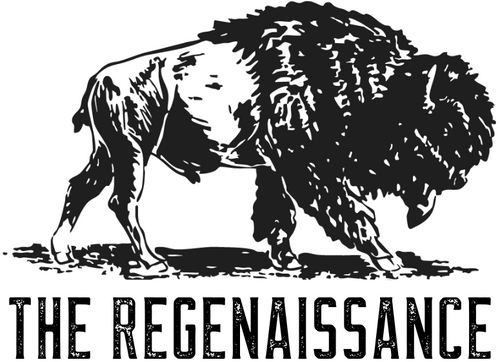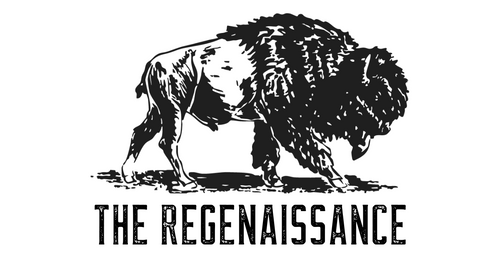It’s time to pull back the curtain on one of the least talked-about but most powerful forces shaping American agriculture: the subsidy trap. Federal crop insurance and commodity subsidies were created to protect farmers from disaster. But today, they’ve morphed into a system that pays farmers to keep planting flood-prone corn and soy, no matter the cost to soil, rivers, or rural communities.
This exposé unpacks the mechanics, history, and human stories behind the trap—and why breaking free is essential for regenerative farmers and food sovereignty.
What Is the Subsidy Trap?
The subsidy trap is the cycle where government programs—crop insurance and commodity payments—incentivize farmers to keep planting the same few monocrops, even when climate change makes that land unprofitable.
-
Taxpayers cover about 60% of all insurance premiums.
-
In 2023 alone, $11 billion in subsidies went to crop insurance.
-
The top 10% of farms collected over half of those subsidies, fueling consolidation .
Instead of supporting resilience, the system removes risk for the biggest operators while punishing small and regenerative farms.
How Crop Insurance Really Works
Federal crop insurance offers two main policies:
-
Yield Protection (YP): Pays if yields fall below a historical average.
-
Revenue Protection (RP): Pays if farm revenue (yield × price) drops below a guaranteed level.
Farmers can cover up to 85% of expected revenue, with premiums heavily subsidized . Sounds good, right? Except:
-
Four crops—corn, soybeans, wheat, cotton—get 75% of payouts. Corn alone raked in $55 billion between 2001–2022.
-
Specialty and diverse crops? Either excluded or tangled in bureaucratic Whole-Farm policies that almost no one uses.
This makes sticking with corn and soy the safest bet—even on floodplains that wash out year after year.
The Evolution: From Safety Net to Subsidy Dependency
Crop insurance began in the 1930s as a safeguard after the Dust Bowl . But by the 1990s, Congress tied insurance to most federal farm benefits, making it nearly mandatory .
Today, what was meant as a safety net has become a subsidy treadmill:
-
Farmers plant in risky zones → disaster strikes → payouts arrive → farmers plant again.
-
Meanwhile, conservation funding is a fraction of insurance spending. In one Midwest region, insurance payouts for floods totaled $11.4 billion (2017–2024), while conservation aid was just $1.6 billion.
It’s like bailing water from a sinking ship instead of fixing the hole.
The Trap for Regenerative and Small Farmers
Here’s the kicker: the same rules that protect industrial monocultures actively penalize regenerative practices.
-
“Good Farming Practices” rules deny claims if farmers keep cover crops too long, rotate creatively, or intercrop .
-
Whole-Farm Revenue Protection (WFRP) was designed to insure diversified farms, but it’s so complex that in 2021 only 1,934 farms used it—about 0.1% of U.S. farms.
-
New and small farms raising specialty crops often have no coverage options .
As one farmer put it: “If you do regenerative practices, you’re ineligible for insurance. It’s a ridiculous juxtaposition.”
Farmers on the Front Lines
-
Southern Illinois: Steve Williams and Brandy Renshaw tried to stop planting their flood-prone land. But without insurance, they’d lose all subsidies. “We couldn’t afford to leave it,” Brandy said. “It was a nightmare.”
-
Montana: Doug Crabtree wanted to rotate wheat with flax and chickpeas. But adjusters warned that intercropping would void his insurance. He pays out-of-pocket to experiment.
-
Wisconsin: Ray McCormick restored corn land to wetlands and now earns from duck hunting. He created resilience on his own dime—federal programs never paid him for de-risking .
These stories show how farmers are trapped between short-term survival and long-term sustainability.
The True Costs of Monoculture
-
Environmental: Monoculture depletes soil, worsens floods, and creates dead zones in waterways .
-
Economic: Big farms consolidate more land, while small farms collapse.
-
Social: Rural communities are hollowed out as subsidies flow to corporate farms, not families.
USDA projects insurance claims will skyrocket by 2050 as climate disasters intensify . Yet conservation remains underfunded.
Breaking Free: Policy Reforms
Rebels, it doesn’t have to be this way. Experts and farmer coalitions are pushing for reforms:
-
Simplify Whole-Farm Revenue Protection to make it accessible.
-
Cap subsidies so mega-farms stop hoarding the safety net.
-
Tie insurance to conservation, not punish it.
-
Reward resilience—discounts for cover crops, rotations, soil health.
-
Fund restoration, not just bailouts, for flood-prone land.
Even shifting 1% of farm subsidies to regenerative research could transform the landscape.
Why It Matters
This isn’t just about policy. It’s about whether America’s farmland will feed communities or corporations. Whether we’ll keep propping up flood-prone corn and soy—or invest in farmers building resilient, regenerative systems.
Rebels, every time we share stories like these, we chip away at a broken system.





